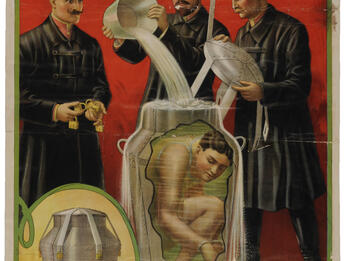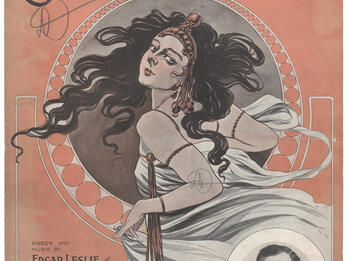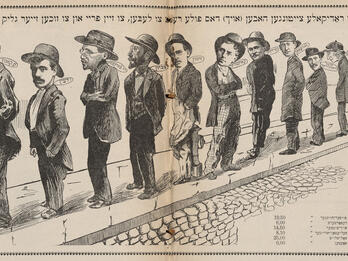Six-Language Dictionary
Solomon Pinḥasoff
1908
Credits
Published in: The Posen Library of Jewish Culture and Civilization, vol. 7.
You may also like

Houdini’s Death-Defying Mystery
Literary Science
The Tale of the Ba‘al Shem and the Dybbuk
On Otto Weininger’s Sex and Character

Sadie Salome, Go Home!

Unemployed Yiddish Writers
Creator Bio
Solomon Pinḥasoff
The polyglot Solomon Babajan Pinḥasoff (Shlomo ben Pinḥas Babajan) was born in Kabul to a family of merchants originally from Mashhad (today in Iran) and had a traditional education. In 1858, his family moved to Samarkand (today in Uzbekistan), where his Jewish studies included Bukhari (Judeo-Tajik) translations of Scripture and rabbinic commentaries. The Pinḥasoffs were active members of the Samarkand Jewish community, serving as members of the rabbinical court and as emissaries to Jerusalem. A founding member of the Jerusalem Bukhari Quarter, he permanently settled in the city with his family in 1907. In addition to his Six-Language Dictionary (Hebrew-Aramaic, Persian, Russian, Spanish, Arabic, Turkish), Pinḥasoff also wrote and translated a number of other books. He is buried on Jerusalem’s Mount of Olives.
Places:
You may also like

Houdini’s Death-Defying Mystery
Literary Science
The Tale of the Ba‘al Shem and the Dybbuk
On Otto Weininger’s Sex and Character

Sadie Salome, Go Home!




